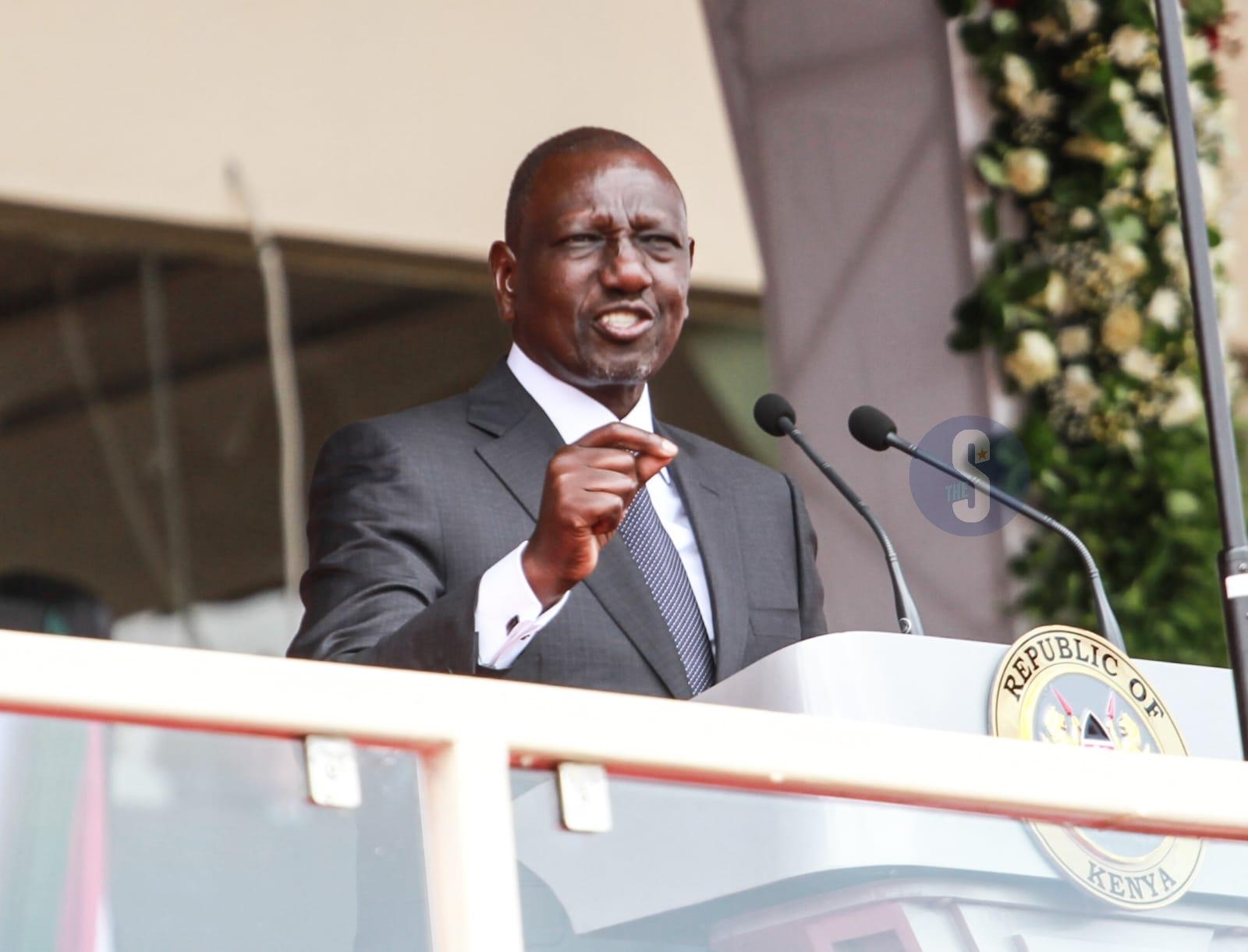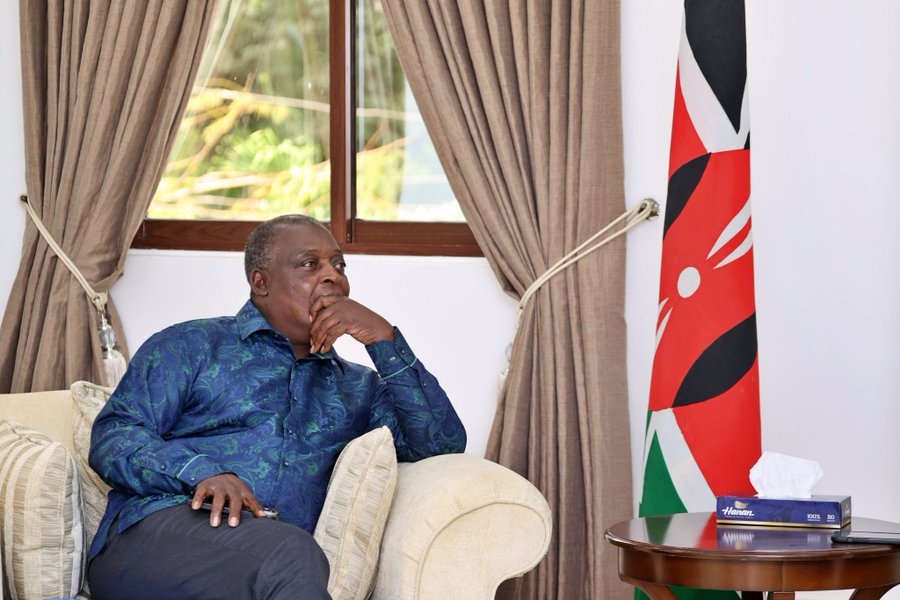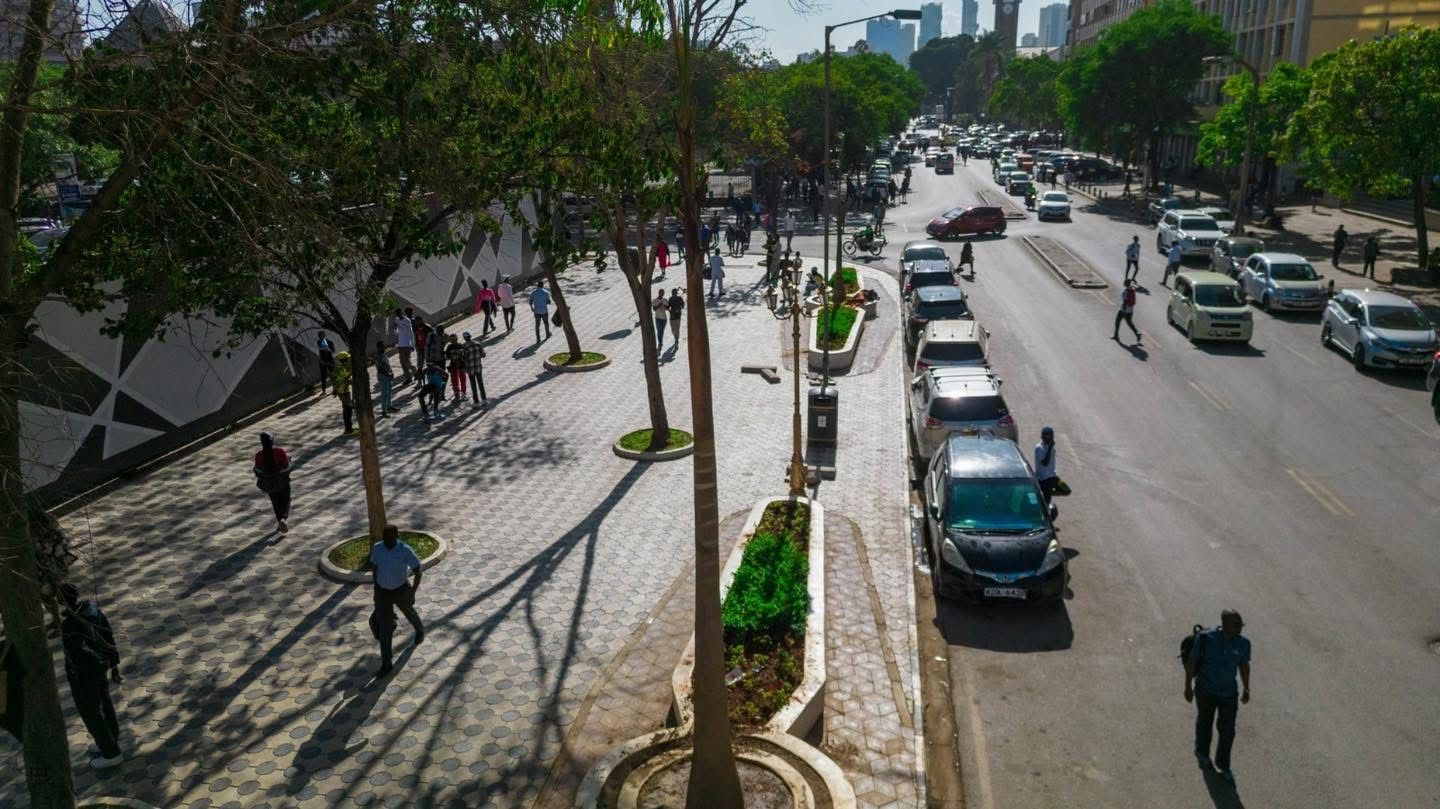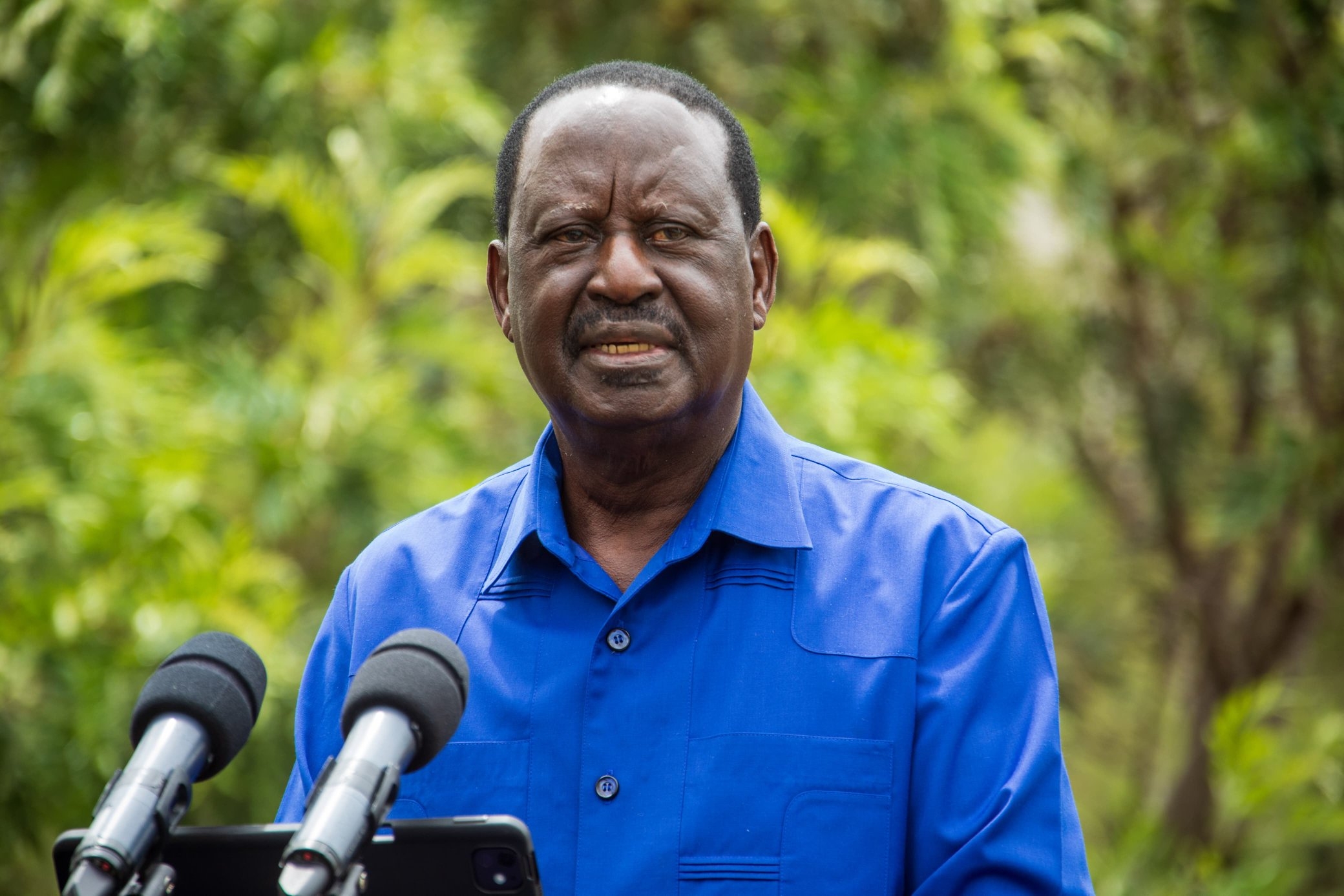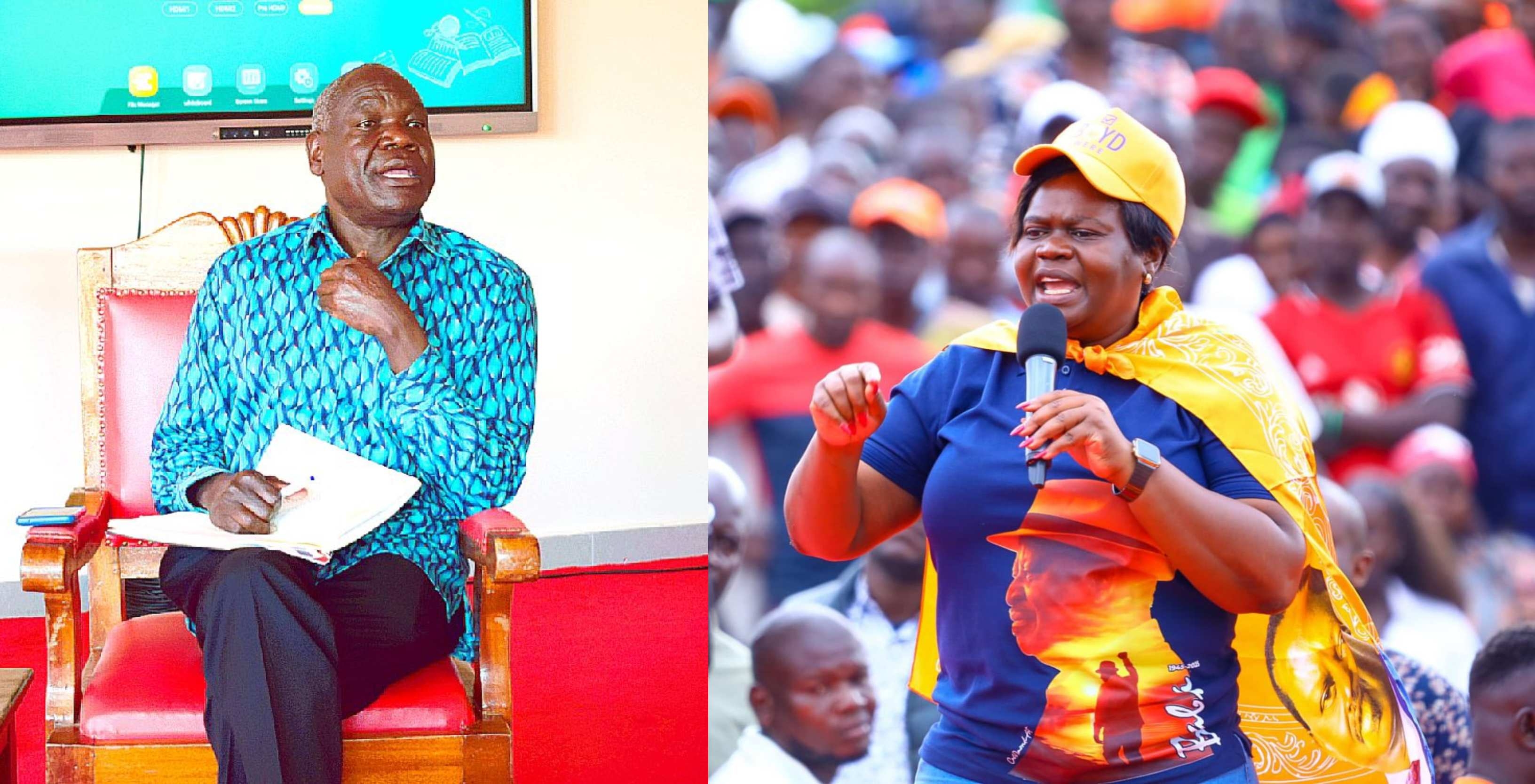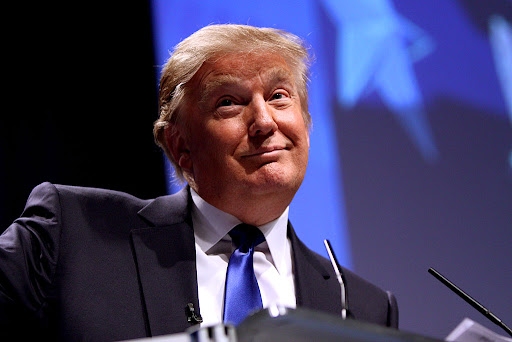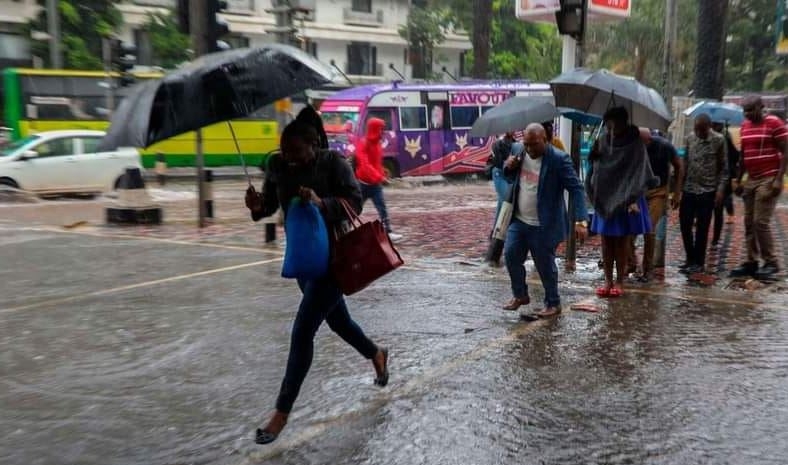The country is well positioned to achieving self-sustained growth through the bottom-up economic model whose objective is to create an improved economy that will benefit all participants by focusing on broad yet inclusive economic efforts.
Top on the list is to leverage Kenya’s significant yet under-utilised human capital. Unlike the traditional trickle-down economic model that prioritised the channeling of resources to the top of the pyramid, the bottom-up and middle out approach seeks to unlock the massive potential held by the country's workforce found at the bottom of the pyramid.
This would involve empowering the masses at the bottom of the pyramid because they are equally gifted, capable, and inventive. Key to this is addressing traditional challenges such as the lack of economic resources that have hampered this segment from attaining its potential and exploring business opportunities. Targeted interventions such as access to finance through the Hustler Fund, together with optimised investments in agriculture and the informal sector aims to unlock the potential held at the bottom of the pyramid through wealth and job creation ultimately translating to inclusive economic growth.
The pursuit of inclusive economic growth, however, faces global headwinds ranging from fiscal prudence in major economies, the Russia – Ukraine war and COVID-19 related global supply chain tailbacks that have led to external shockwaves of rising inflation and interest rates. These shockwaves are responsible for a surge in prices and shortages of commodities, including petroleum, edible oils, and fertilisers, all of which feed into the high cost of living that Kenyans are experiencing.
Within this backdrop, the Government of Kenya has its work cut out for it inclusive of the perennial challenge of raising the much-needed economic capital to meet its bottom-up economic model objectives while at the same time taming public debt and runaway expenditure. The rise in interest rates is causing difficulties in refinancing our foreign commercial debt. This debt stood at $10.7 billion (Sh1.3 trillion), 29 percent of foreign debt as of the end of 2021, of which $7 billion (Sh840 billion) is Eurobonds, and the balance consists of principally syndicated bank loans.
Rising interest rates signify refinancing risks, investors having no appetite to roll over our bonds when they mature, or only willing to do so at inordinately high-interest rates, in which case the government may have to finance the recovery of the maturing debt from foreign exchange reserves. Initially, the rationale for going into the sovereign debt market was that it was cheaper than borrowing locally.
However, our bonds are now trading at upwards of 12 percent. Anticipating this risk may be why Central Bank has resorted to rationing foreign exchange. Rising global interest rates will not only increase the cost of borrowing abroad, but these may also transmit to domestic interest rates. An increase in the overall debt service burden on the government makes budget deficit reduction more challenging, aggravating the problem of crowding out the private sector from the domestic credit market.
Karen Kandie




